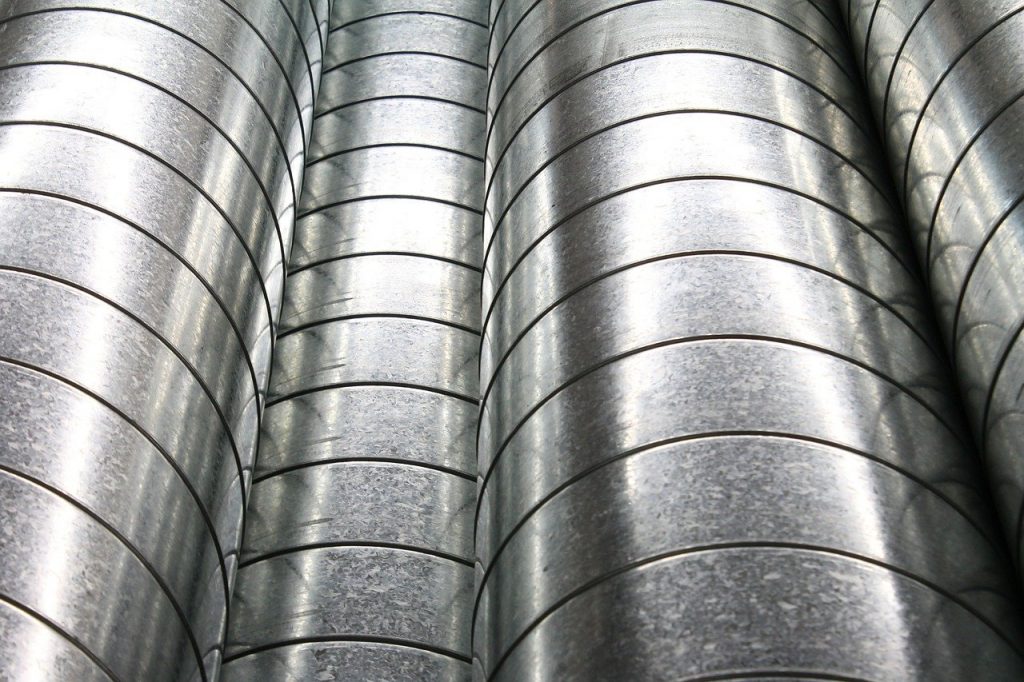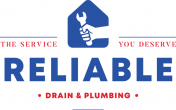
When it comes to finding the best way to run a pipe, it can get out of hand. You may want to cut corners at some point, wondering about the actual safety ramifications of your decisions. One of these issues might bring you back to running pipes through air ducts. So, can your plumbing run through ductwork?
The short answer: no. Any ducting system has the chance to run excessively hot or cold air. With that in mind, there is always a chance that hot air may cause damage to your pipes. Even without those conditions existing, you’ll want to make sure that there is some distance between your line and vents.
In the rest of this article, we will reference some potential solutions to running pipes alongside ductwork. We will also reference the International Plumbing Code (IPC) to double down on necessary safety protocol.
What The IPC Says About the Distance Between Pipes and Venting
In a combination waste and vent system (this refers to your plumbing vents), the vertical distance between drains and plumbing fixtures should be within eight feet. This section of the IPC indicates that you should also not combine the two features. It suggests that drains, pipes, and vents should be separate.
When we apply this logic to non-plumbing ducts, you run the risk of one of two things happening:
- You will have an unknown leak that may drain down your ducts.
- You may cause damage to the pipe or ducts from temperatures neither can handle.
Depending on how close you are to the furnace, this issue could compound to cause leaks heading toward your furnace. Even in the case of a horizontal duct, you still run the risk of something negative happening.
How Close Can Pipes Be To Ducts?
There’s no real “hard and fast” rule for this, but each plumber has their own rules for handling this. Some people may want to work with a two-inch gap (minimum) between ducts and pipes.
The problem is that some houses are inevitably going to have some crossover between pipes and duct systems. The thing is that experienced plumbers and HVAC specialists have to deal with this problem all of the time. That’s why it would be best to leave the answer to this problem to plumbing specialists.
Other Safety Concerns to Be Aware Of
Below are other common issues that may cause your pipes to burst:
- Extreme temperatures: The extreme temperature of the location of your home may cause pipes to burst.
- Pipe joint damage is more likely to occur if you put your pipes under an undue amount of pressure and stress.
- Pipes have the potential to erode over any period.
- Incorrect pipe laying is a common issue among older homes that do not follow the current plumbing code.
In combination with those who aren’t careful when position pipes concerning HVAC systems, these issues will only compound your problems.
Final Thoughts
Plumbing through ductwork isn’t a problem you run into often. However, if you live in a smaller house, you may be tempted to cut corners in this way. To ensure you are following the best plumbing advice, make sure you call Reliable Drain & Plumbing for any challenging project.
